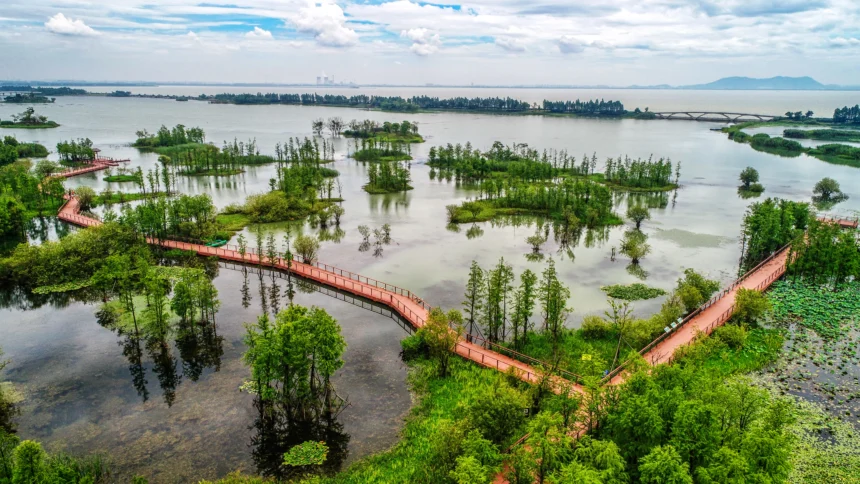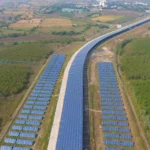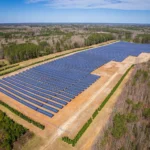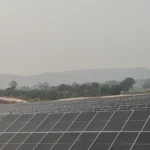Punjab, the “land of five rivers,” experienced its worst floods in decades, causing widespread destruction and impacting hundreds of thousands of lives. While heavy monsoon rains are the immediate cause, a closer look reveals that this isn’t just a natural disaster. Experts and officials point to a dangerous combination of climate change and human intervention, particularly encroachments on natural water channels, as the primary factors that have amplified the crisis.
The Role of Climate Change
Climate change is directly intensifying rainfall events in the region. The Arabian Sea has warmed unusually, leading to more moisture being brought into the atmosphere and dumped as extreme, unpredictable downpours. The monsoon season, which once had a predictable pattern, now brings concentrated bursts of rain over short periods, followed by long dry spells. This shift in weather patterns overwhelms river systems and drainage networks that were not designed to handle such intense volumes of water.
The Impact of Encroachments and Human Neglect
While a warming climate sets the stage for disaster, human actions have made Punjab and neighboring states highly vulnerable.
Blocked Drainage and Floodplains: Unregulated construction and encroachments on natural water channels and riverbeds have significantly reduced the carrying capacity of rivers like the Sutlej, Beas, and Ravi. This “squeezing” of the natural floodplain means that even a moderate amount of water can cause rivers to swell rapidly and breach their banks, leading to catastrophic flooding.
Weakened Embankments: Illegal sand mining on riverbeds and floodplains has weakened the embankments built to contain the rivers. As a result, these critical structures have given way under the pressure of overflowing water, allowing floodwaters to inundate villages and agricultural land that would have otherwise been protected.
Poorly Planned Infrastructure: Rapid urbanization, deforestation, and inadequate drainage systems exacerbate the problem. When intense rainfall occurs, the water has nowhere to go, leading to widespread waterlogging and urban flooding. The destruction of natural drainage systems and the “concretization” of landscapes have turned once-resilient areas into flood-prone zones.
The floods are a stark reminder that we cannot treat natural disasters in isolation. The synergy between a changing climate and human activities, such as unplanned development and illegal encroachments, creates a perfect storm for devastation. To prevent future crises, a new approach is needed—one that focuses on protecting and restoring natural ecosystems, implementing strict regulations on construction in flood-prone areas, and creating climate-resilient infrastructure












